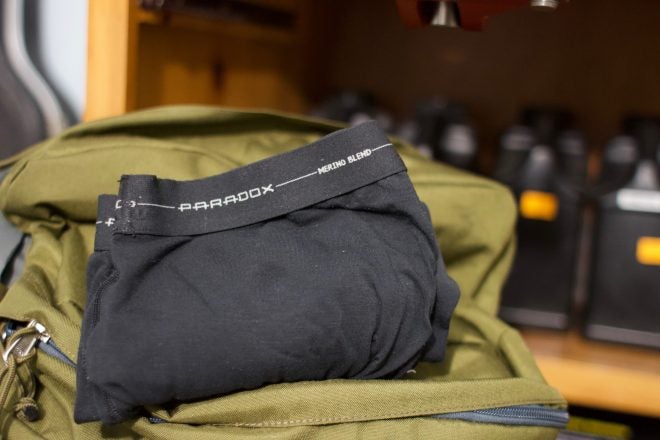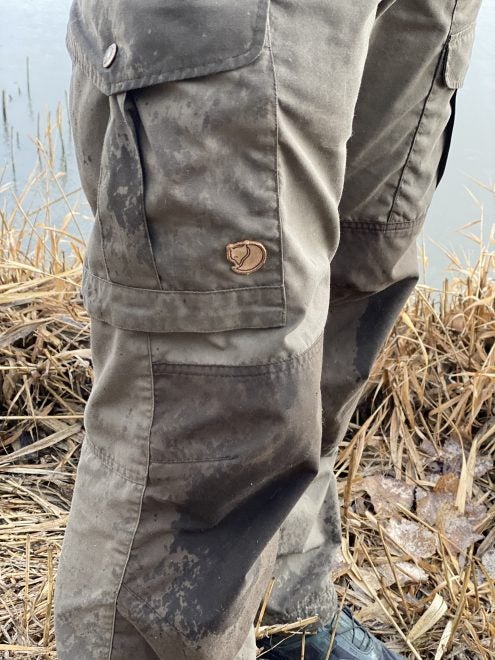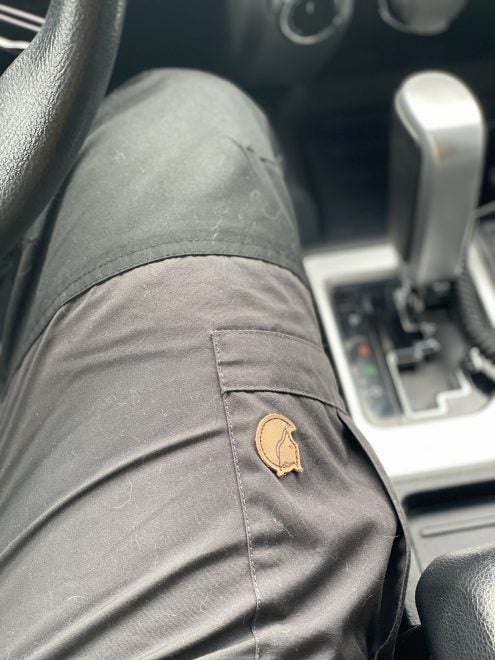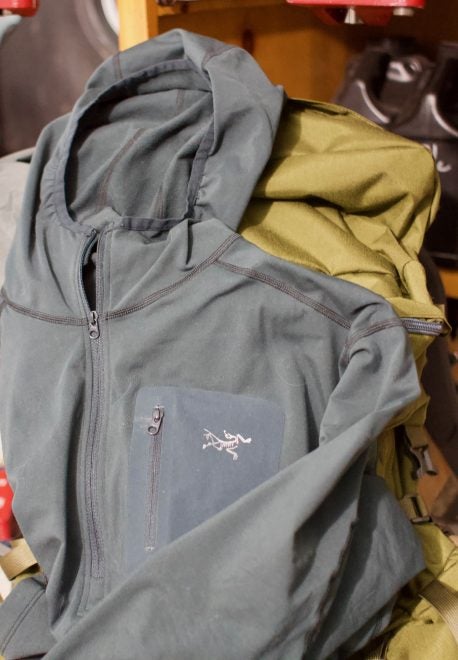Clothing for Survival: Part 1
Cory Mince 03.24.20
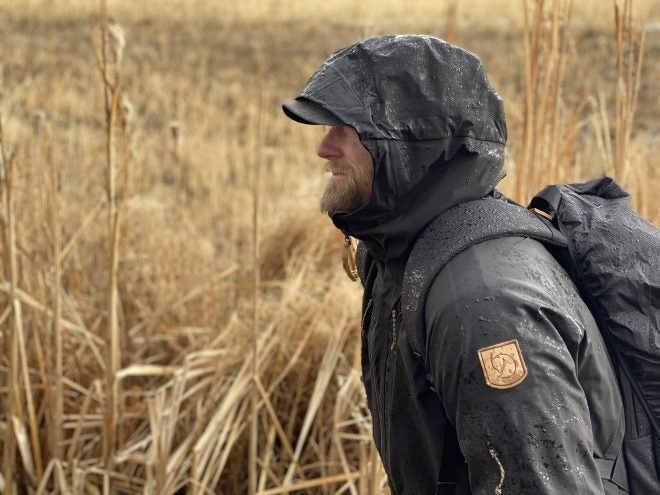
Quality clothing can quite literally be the barrier between you and death. The ability to stay dry, maintain a stable core temperature, and move freely can be the deciding factors of survivability in an emergency situation. Below you will find some recommendations from a technical fabrics and clothing enthusiast, who has suffered for this knowledge in mountains, deserts, and rain forests.
This series will cover everything from base layers to waterproof outerwear and footwear. Remember, there is no such thing as bad weather, just bad clothing.
Base Layers
Use material type and weight as a guide for choosing the right base layer. Depending on the conditions and activity, I prefer either Merino wool or a synthetic base layer. Cotton base layers (and clothing layers in general, with a couple very specific exceptions) are a no go. Cotton doesn’t insulate when wet, doesn’t breath when wet, doesn’t dry quickly, and can cause chafing in the places on your body least comfortable to you and most hospitable to bacteria. From this, obvious problems arise.
Merino wool is nearly a miracle fabric and my go-to for base layers, especially for bottoms. Merino base layers come in a variety of weights and lengths which one can choose depending on temperatures and preferences. I typically select a very light base layer for my legs as I value freedom of movement over insulation, but in the event that I’m in a relatively static location, I may opt for a heavier weight bottom. Merino wool has two properties that separate it from the rest, and the one people most often cite is it’s natural odor resistance and antimicrobial qualities. The ability to wear a base layer for days on end without it smelling like death is as much an advantage for morale as it is for health.
In addition to reducing the user’s smell signature, merino wool also continues to insulate when wet. Reliable moisture resistant insulation is a key feature of clothing in environments where the temperatures are between 30 and 50 degrees. This range of temperatures is the most common for hypothermia since water is near its melting point and staying dry can be difficult during bouts of inclement weather. In the event you get wet in an early spring rain, you’ll be thankful you’re wearing a merino base layer.
Synthetic materials offer an excellent solution for people looking for an all around performance base layer. They are typically a nylon, polyester or polyester blend. Synthetics are great for moisture wicking and tend to dry much faster than merino options. If budget is a limiting factor, synthetics may be the way to go as they are usually less expensive than merino wool equivalents. The ability of synthetics to dry quickly often makes them feel like a cooler wearing material when compared to merino, which is why I’d suggest using them outside of the 30 to 50 degree range (either above or below). One thing to consider when looking at a synthetic base layer is how much spandex is used in the material. Spandex is used to enhance the stretchiness of the garment, which is great for freedom of movement, but it doesn’t dry as quickly as nylon or polyester, and doesn’t insulate when wet like marino.
Outer Layer Bottoms
On the day to day, just like nearly every adult American man, I wear a pair of blue jeans. Around the house, at work, and cruising around town, there is nothing wrong with sporting a pair of blue jeans, but if you plan to hit the trails, climb a mountain or just spend some time in the backcountry, I’d suggest considering other options. As you read in the above paragraphs, moisture management in clothing is critical. Blue jeans are primarily cotton with modern jeans starting to incorporate spandex. Neither of these materials do a good job wicking sweat, drying quickly, or insulating when wet.
There are two different fabric categories that I go to when looking for a pair of pants to use outdoors. The first is full synthetic, and the second is poly-cotton. I know, that last one has “cotton” in the name, and I’ll explain myself shortly. First, I want to discuss full synthetic pants.
Synthetic pants will work for nearly every endeavor from a range trip to climbing Mount Rainier. Generally speaking synthetic pants will be flexible, easy to move in, super durable and come with a durable water resistant coating (DWR for short) which supports the all important management of moisture. Although DWR coatings last quite a while, they aren’t permanent and require the occasional touching up just like any other piece of gear. Most soft shell pants are extremely durable when exposed to the majority of common stressors, but they do melt when they come into contact with fire, usually leaving larger burn holes as compared to poly-cotton options.
Poly-cotton pants are a great, super durable, quiet (not nearly as “swishy” as most synthetic pants) choice for people who prefer a more traditional fit and feel. Along with being generally quieter than a full synthetic pair of pants, poly-cotton tends to breathe quite a bit better, which helps reduce the creation of moisture from the inside. Breathability usually comes at the cost of water resistance, but poly-cotton offers an interesting and convenient solution for water resistance: wax. The user can apply specially designed wax in the areas and amount desired to resist outside sources of moisture, and if a change is wanted, simply wash the waxed garment. In a rainy environment I’ll more heavily wax the top of the thighs and the back of the calves. When there isn’t much threat of precipitation but I may cross a stream or walk through dewy grass, I’ll simply wax around the calves.
The upcoming articles will cover:
- Mid-layer Tops
- Outer-layer Tops
- Waterproof Shells
- Insulation
- Footwear
- Accessories
